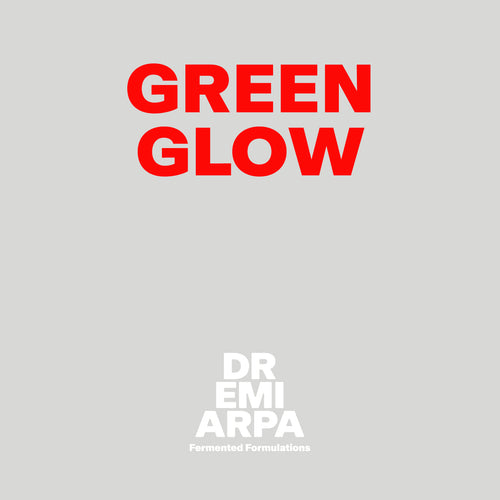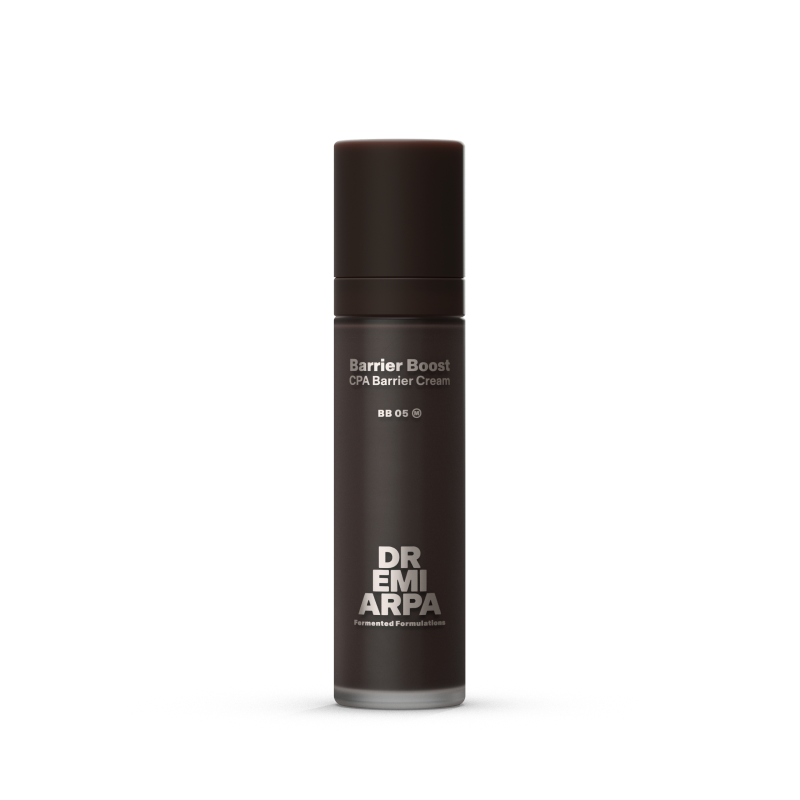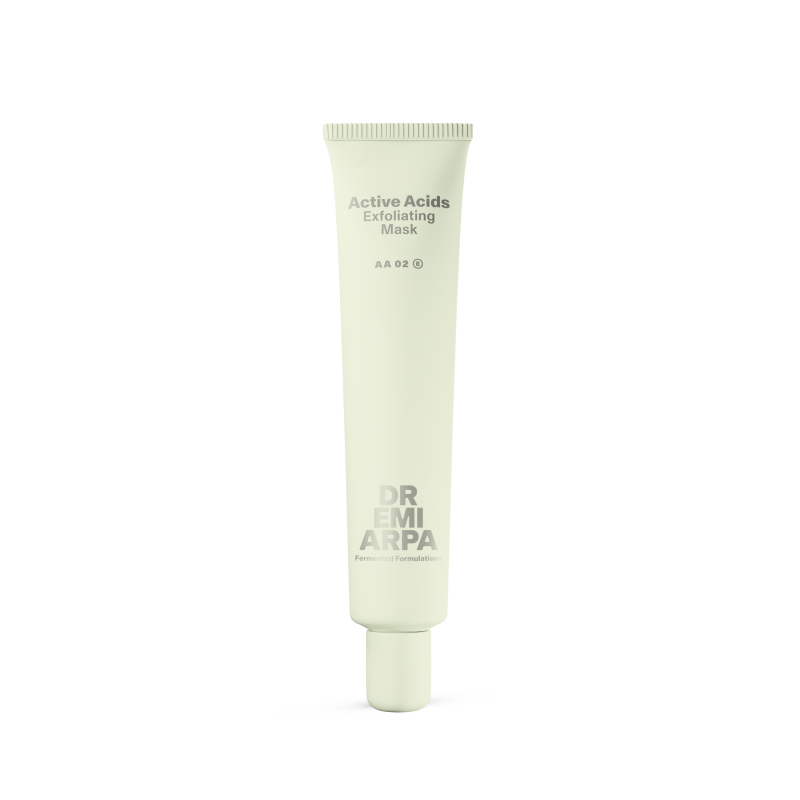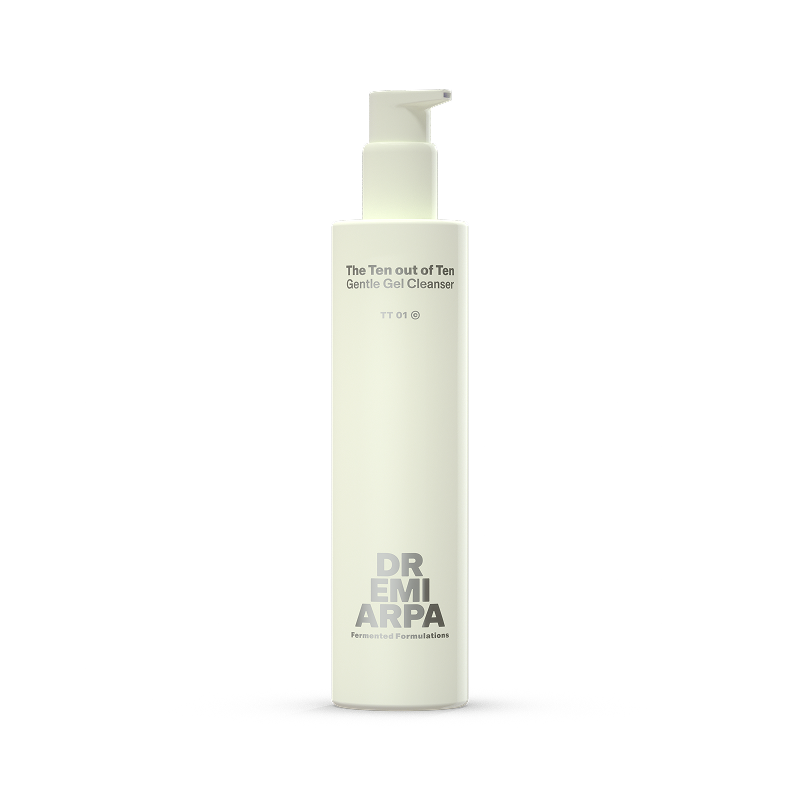
Green Glow: How green tea makes your skin glow
Share
Matcha is much more than just a trendy drink – the green gold from Asia has become a global phenomenon. Its health benefits are impressive: from boosting metabolism to enhancing mental alertness. But did you know that green tea can also be a true miracle cure for the skin?
Matcha, a finely ground powder made from specially grown and processed green tea leaves, is known for its high antioxidant content. Antioxidants help to neutralize free radicals in the body and can thus prevent cell damage. Particularly noteworthy is the catechin epigallocatechin gallate (EGCG), which is abundantly present in matcha.
Health benefits of Matcha
Anti-inflammatory properties
Skin protection
Antimicrobial properties
The Matcha magic in our Serious C Antioxidant Serum
Our Serious C Complex Antioxidant Serum contains, in addition to effective vitamin C derivatives, resveratrol, astaxanthin and superoxide dismutase (SOD), two more ingredients from the green tea plant (Camellia Sinensis).
-
EPIGALLOCATECHIN GALLATE (EGCG)
EGCG is the most important polyphenol of the green tea plant. It is a powerful antioxidant that has been shown to protect the skin from UV damage, reduce inflammation, and slow down the aging process. Studies show that EGCG stimulates collagen production, making the skin look firmer and more youthful. In addition, it can reduce hyperpigmentation and provide an even complexion.
-
CAMELLIA SINENSIS LEAF EXTRACT
The green tea extract (CAMELLIA SINENSIS LEAF EXTRACT) in our serum is an extract from the leaves of the green tea plant, which contains many bioactive compounds that are valued for their antioxidant, anti-inflammatory, and skin-soothing properties. In addition to EGCG, it contains a variety of polyphenols that work together to soothe, protect, and regenerate the skin. Green tea extract is particularly effective in reducing redness and gives the skin a natural, fresh glow.
The perfect synergy: antioxidants and vitamin C derivatives
Our antioxidant serum combines powerful antioxidants (EGCG, Resveratrol, SOD, Astaxanthin) with vitamin C derivatives (Ascorbyl Tetraisopalmitate, 3-O-Ethyl-Ascorbic Acid, Ascorbyl Glucoside). Vitamin C promotes collagen production, protects the skin from free radicals, and contributes to the lightening of pigmentation spots. In combination with the antioxidants of green tea, an unbeatable formula emerges that not only protects your skin from harmful environmental influences but also effectively combats the signs of skin aging – keyword: Well-Aging.
Serious C: The ultimate antioxidant serum with highly effective vitamin C derivatives for a serious skin support.
Green tea is much more than just a superfood – it is a true hero in skincare. Our antioxidant serum combines, among other things, antioxidants from green tea with highly effective vitamin C derivatives to provide your skin with the comprehensive protection it deserves. The scientifically proven effects of green tea extracts and EGCG, such as protection against free radicals and reduction of inflammation, effectively combat the signs of premature skin aging and protect against environmental damage.
Pamper your skin with the best of the matcha hype and discover the benefits of our Serious C Complex Antioxidant Serum for your skin health.
The matcha hype is real - Serious C even more!
SOURCES
Fossa Shirata MM, Maia Campos PMBG. (2021). Sunscreen and cosmetic formulations containing ascorbyl tetraisopalmitate and rice peptides for the improvement of skin photoaging: a double-blind, randomized, placebo-controlled clinical study. Photochem Photobiol., 97(4), 805-815.
Golonka I, Oleksy M, Junka A, Matera-Witkiewicz A, Bartoszewicz M, Musiał W. (2017). Selected physicochemical and biological properties of ethyl ascorbic acid in comparison to ascorbic acid. Biological & pharmaceutical bulletin, 40(8), 1199–1206.
Iliopoulos F, Sil BC, Moore DJ, Lucas RA, Lane ME. (2019). 3-O-ethyl-l-ascorbic acid: Characterization and investigation of single solvent systems for delivery to the skin. Int J Pharm X., 1, 100025.
Katiyar SK, Afaq F, Perez A, Mukhtar H. (2001). Green tea polyphenol (-)-epigallocatechin-3-gallate treatment of human skin inhibits ultraviolet radiation-induces oxidative stress. Carcinogenesis, 22(2), 287-94.
Katiyar SK, Perez A, Mukhtar H. (2000). Green tea polyphenols treatment to human skin prevents formation of ultraviolet light B-induced pyrimidine dimers in DNA. Clin Cancer Res., 6(10), 3864-3869.
Kim E, Hwang K, Lee J, Han SY, Kim EM, Park J, Cho JY. (2018). Skin Protective effect of epigallocatechin gallate. Int J Mol Sci., 19(1), 173.
Kim J, Hwang JS, Cho YK, Han Y, Jeon YJ, Yang KH. (2001). Protective effects of (-)-epigallocatechin-3-gallate on UVA- and UVB-induced skin damage. Skin Pharmacol Appl Skin Physiol., 14(1), 11-19.
Kochman J, Jakubczyk K, Antoniewicz J, Mruk H, Janda K. (2020). Health benefits and chemical composition of matcha green tea: an review. Molecules, 26(1), 85.
Suddenly DG, Ferreira D, Zhou YD. (2006). Epigallocatechin-3-gallate (EGCG): chemical and biomedical perspectives. Phytochemistry, 67(17), 1849-1855.
Rinnerthaler M, Bischof J, Streubel MK, Trost A, Richter K. (2015). Oxidative stress in aging human skin. Biomolecules, 5(2), 545-589.
Schwarz T, Schwarz A. (2009). DNA repair and cytokine responses. J Investig Dermatol Symp Proc., 14(1), 63-66.
Vayalil PK, Mittal A, Hara Y, Elmets CA, Katiyar SK. (2004). Green tea polyphenols prevent ultraviolet light-induced oxidative damage and matrix metalloproteinases expression in mouse skin. J Invest Dermatol., 122(6), 1480-1487.





